Table of Content
- Q2 Sees a Slight Slowdown, But H1 Remains Strong
- Hyderabad, Mumbai, and Delhi-NCR Lead Leasing Momentum
- Organized Retail in Malls Sees a Resurgence
- High Streets Still Dominate But Face Pressure
- Category Insights: F&B and Fashion Retain Top Share
- Rental Trends Stay Stable Amid Supply Shortage
- Looking Ahead: H2 2025 Brings Fresh Opportunities
- Conclusion
India's retail real estate sector experienced a minor slowdown in Q2 2025, as retail leasing fell by 6% year-on-year to 2.24 million sq ft across the top eight cities. According to Cushman & Wakefield’s latest Retail Market Beat report, the leasing activity in this quarter was slightly below the 2.39 million sq ft recorded in the same period last year.
Despite this temporary decline, real estate analysts remain upbeat. The first half of the year delivered a robust leasing performance, indicating strong fundamentals supported by healthy consumer spending and retailer expansion across fashion, food, and wellness sectors.
Q2 Sees a Slight Slowdown, But H1 Remains Strong
Although retail leasing in Q2 dipped marginally from both year-on-year and quarter-on-quarter comparisons, the cumulative leasing in H1 2025 hit 4.61 million sq ft a significant 17% increase compared to H1 2024. This indicates a positive sentiment among retailers who are continuing to invest in physical stores despite broader economic uncertainties.
The Q2 leasing volume also remained close to the average performance of the last four quarters, suggesting the slowdown is part of a natural market fluctuation rather than a long-term trend.
Also Read: Mumbai Luxury Housing Market Grows 11% in H1 2025 as Premium Buyers Lead Demand
Hyderabad, Mumbai, and Delhi-NCR Lead Leasing Momentum
Hyderabad emerged as the frontrunner in retail leasing for Q2 2025, accounting for 0.76 million sq ft of activity. Mumbai followed with 0.52 million sq ft, while Delhi-NCR stood at 0.3 million sq ft. Combined, these three cities contributed over 70% of total leasing volume during the quarter.
Western India showed notable growth, with Mumbai recording a 1.6x increase in leasing activity from Q2 2024. Pune, too, grew impressively, registering 1.5x growth. Other cities like Bengaluru (0.18 mn sq ft), Chennai (0.16 mn sq ft), Kolkata (0.05 mn sq ft), and Ahmedabad (0.04 mn sq ft) saw steady but moderate performance.
Organized Retail in Malls Sees a Resurgence
Retailers are increasingly showing preference for organized formats, with malls accounting for 45% of all retail leasing in Q2 approximately 1.01 million sq ft. This marks a 42% increase from the previous quarter and the highest share for malls in five quarters.
However, supply constraints are proving to be a challenge. No new malls were completed during Q2, and total new Grade A mall supply in H1 stood at just 1.3 million sq ft. As a result, vacancy levels in malls dropped to 8.16%, while premium malls saw even tighter availability at 4.28%.
High Streets Still Dominate But Face Pressure
While malls gained ground, high streets maintained their lead in retail leasing, capturing 55% of the total activity at 1.23 million sq ft. However, this was a 26% decline from Q1 2025.
Despite the drop, rents in top high street areas like Khan Market and Connaught Place remained stable, buoyed by limited supply and consistently high demand. On a year-over-year basis, high street rentals rose by 6%, underlining the resilience of these markets.
Category Insights: F&B and Fashion Retain Top Share
Food and beverage and fashion brands were once again the largest contributors to retail leasing, together occupying more than 50% of the leased space in Q2. These sectors continue to benefit from evolving consumer preferences for experiential and lifestyle-driven retail.
The wellness segment also gained traction, accounting for 8% of Q2 leasing (0.18 mn sq ft), doubling its share from last year. Although this was slightly lower than Q1, demand remains strong, especially from fitness and personal care businesses.
Supermarkets and hypermarkets witnessed significant momentum, registering three times the Q1 leasing volume and a 10% annual growth, signaling increased consumer demand for convenience and daily essentials.
Rental Trends Stay Stable Amid Supply Shortage
With supply tightening, especially in high-quality mall spaces, rents across both malls and high streets remained firm. Average high street rents were stable quarter-on-quarter but recorded a 6% year-on-year increase.
Retailers are increasingly locking in prime locations, particularly in high-performing urban markets, due to the scarcity of new Grade A spaces.
Also Read: Maharashtra Cabinet Repeals NA Tax, Implementation Confusion Continues
Looking Ahead: H2 2025 Brings Fresh Opportunities
The second half of 2025 is expected to bring nearly 4 million sq ft of new Grade A retail supply across key cities such as:
- Delhi-NCR: West Delhi and Gurgaon
- Hyderabad: North-West Hyderabad
- Mumbai: Eastern suburbs and South Mumbai
This upcoming inventory is expected to ease current supply constraints and drive a rebound in retail leasing volumes. International brands are showing growing interest, while demand from wellness, food, and fashion players remains strong.
As new malls and mixed-use developments open their doors, experts anticipate a sharp uptick in leasing momentum across top-tier cities.
Conclusion
Although Q2 2025 saw a slight dip in retail leasing, the market fundamentals remain intact. With strong H1 numbers, high consumer engagement, and a healthy development pipeline, India’s retail real estate sector appears well-positioned for a rebound.
As retailers look to deepen their presence through both mall and high street formats, and new supply enters the fray, retail leasing is likely to regain pace, setting the stage for a stronger finish to 2025.
Follow AquireAcers Whatsapp Channel to Stay Updated With The Latest Real Estate News

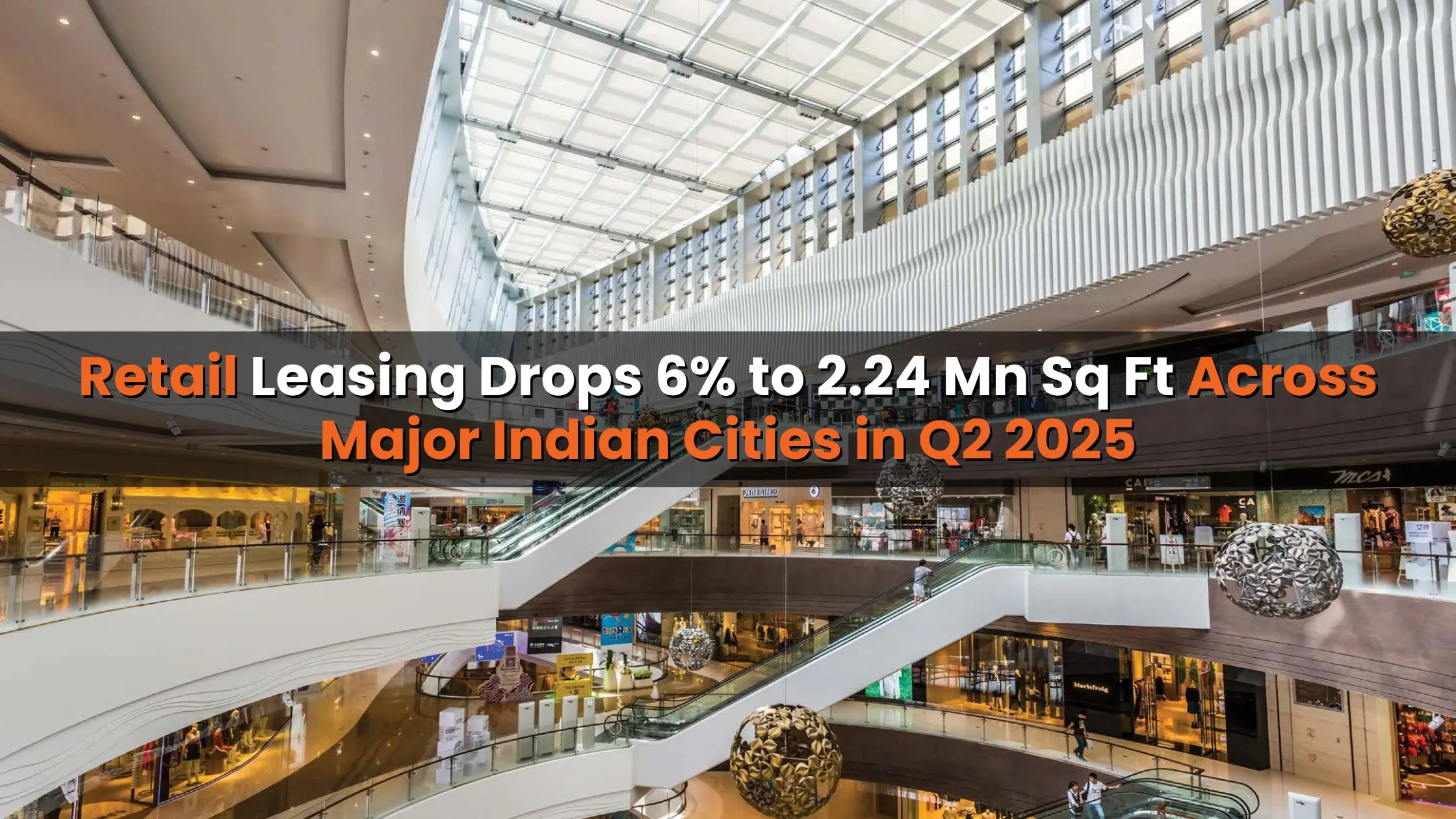
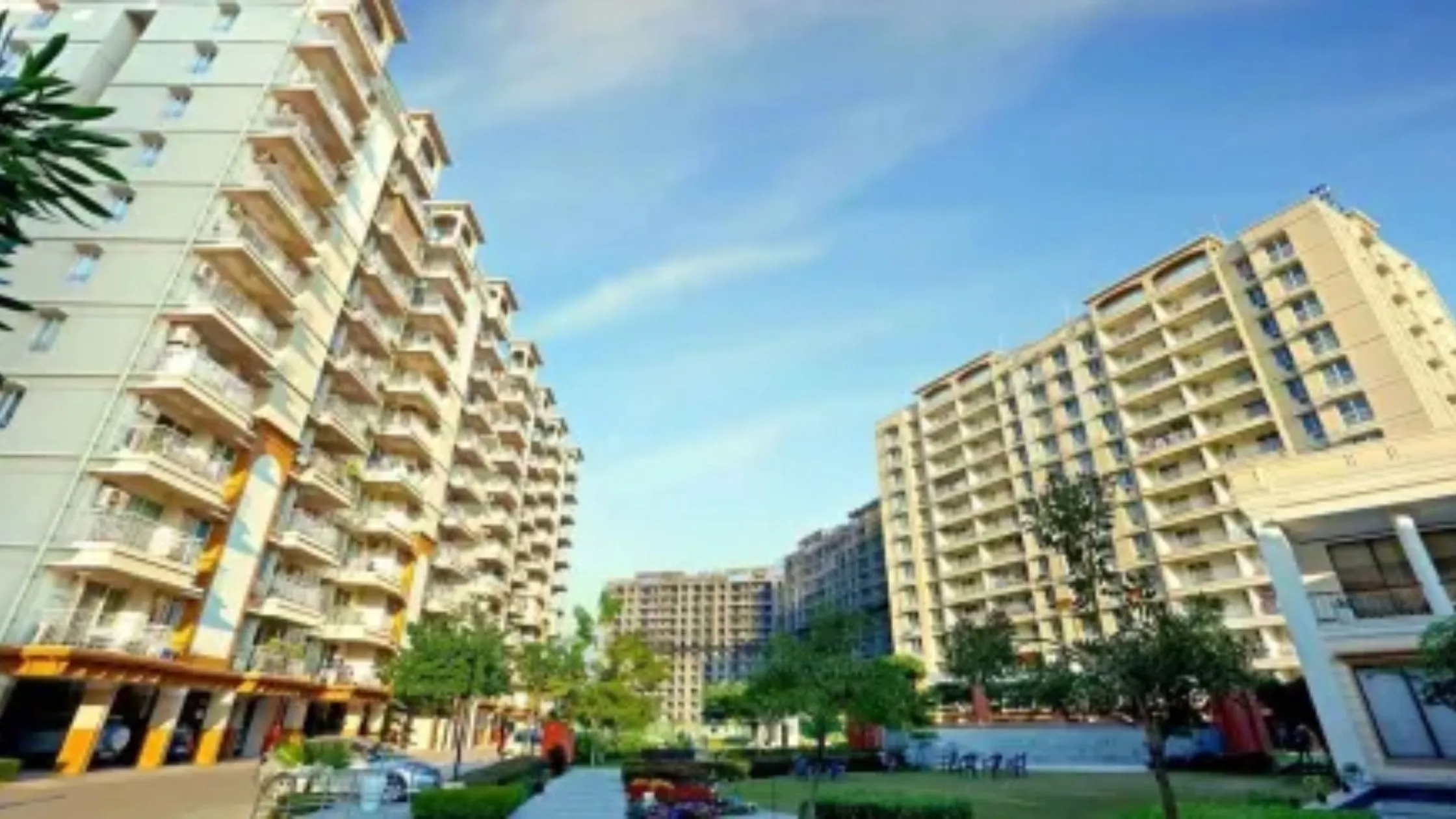
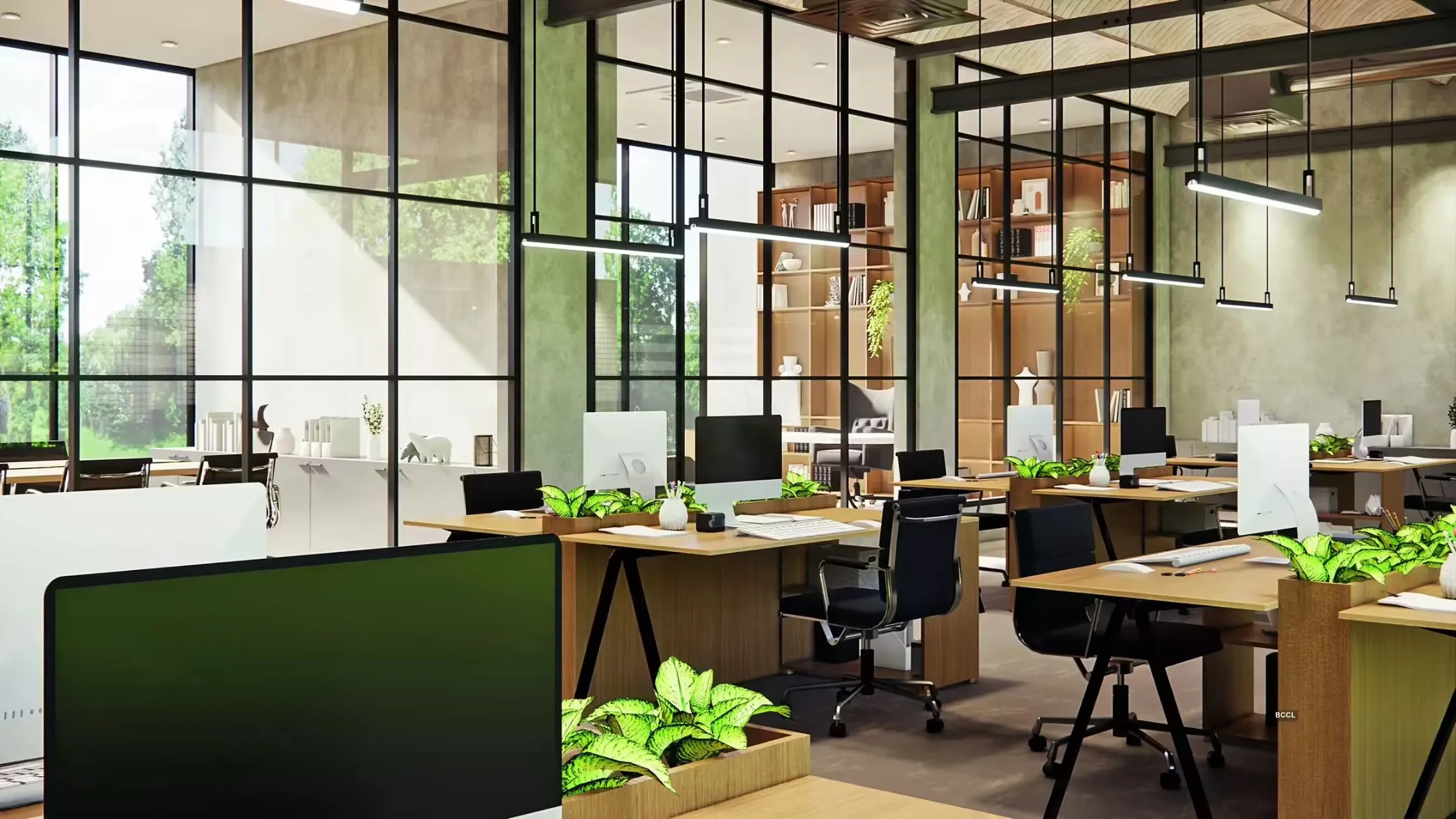
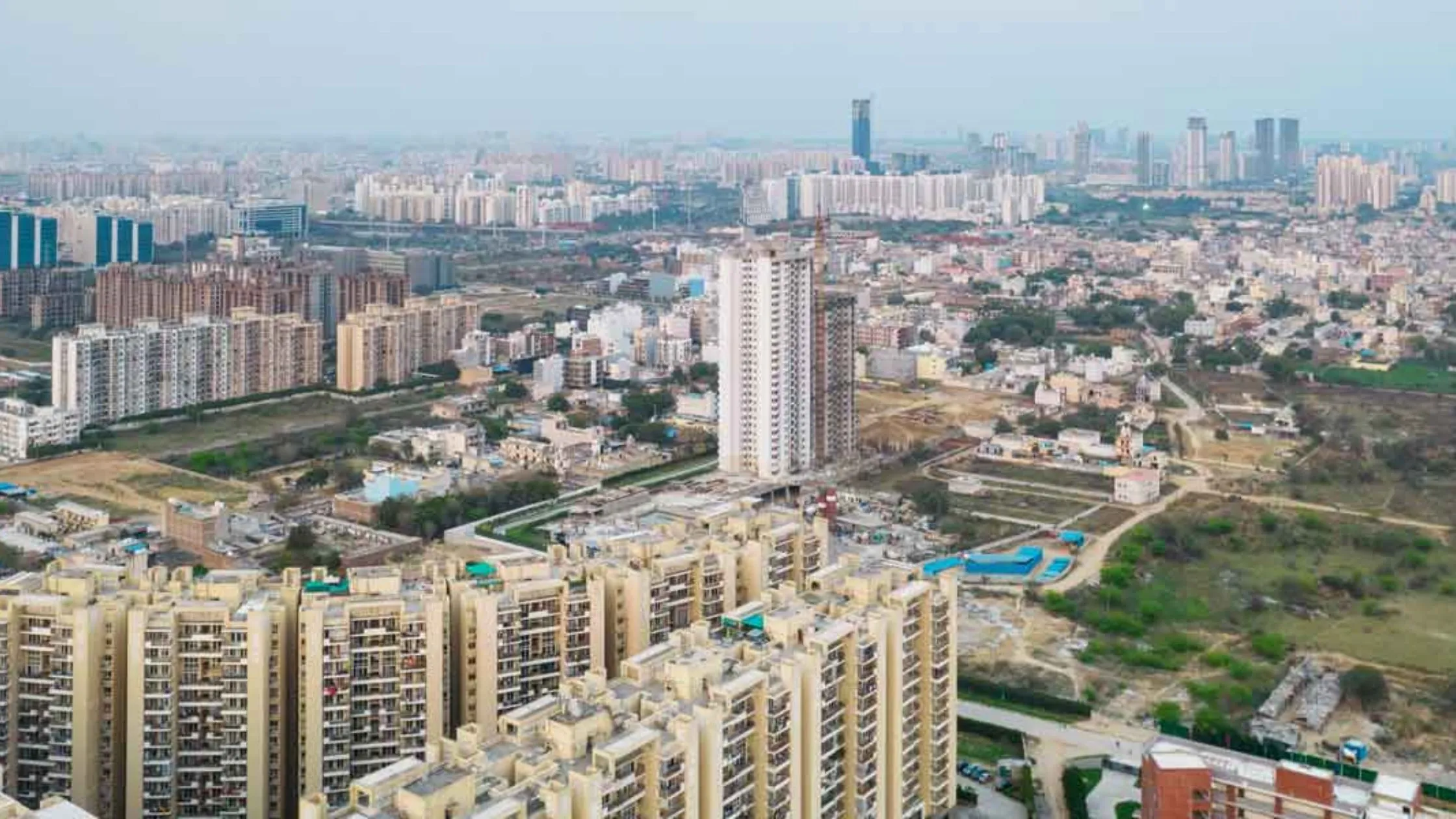
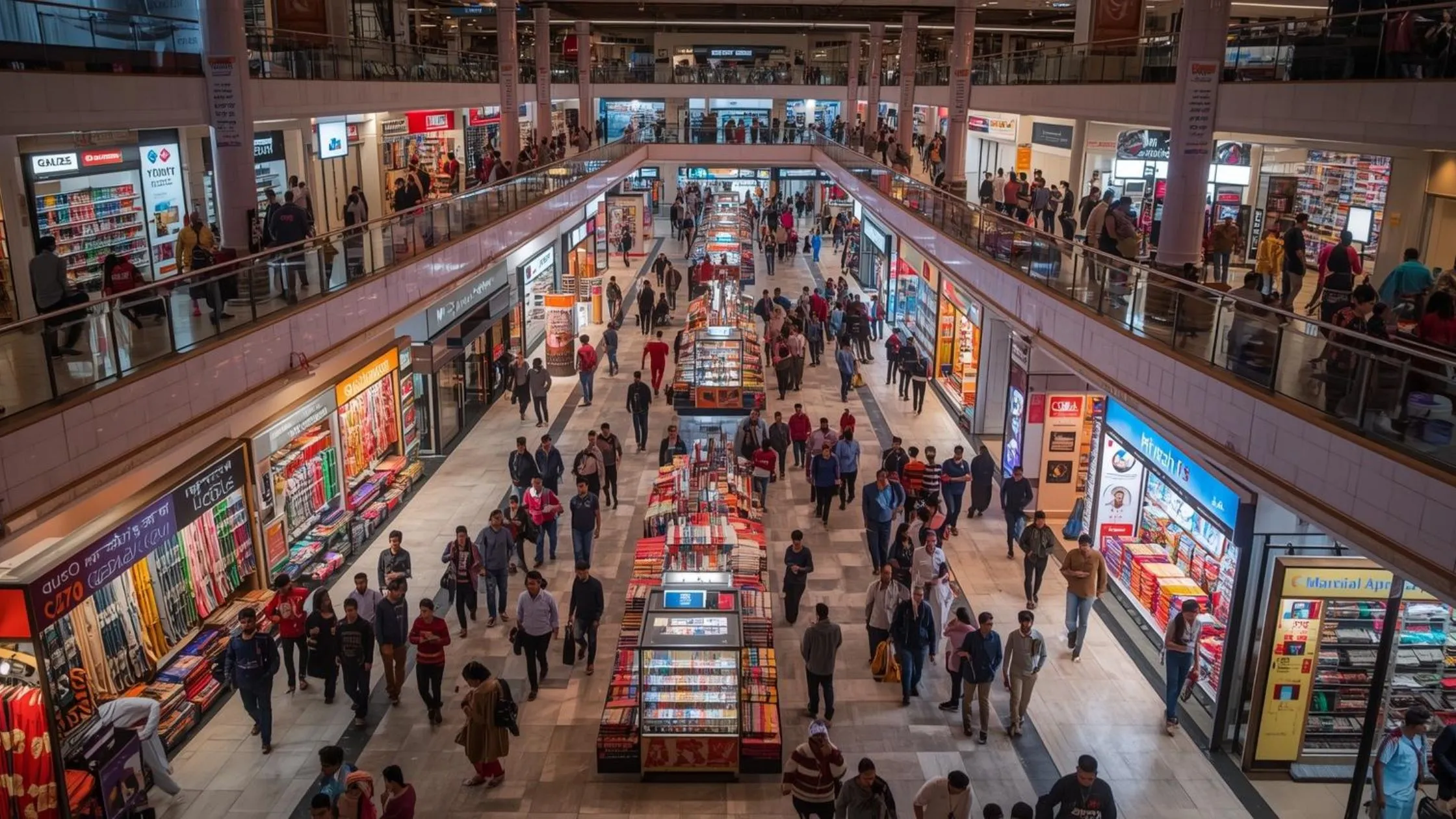


Ans 1. Retail leasing dropped 6% year-on-year due to natural market fluctuations and short-term supply constraints. However, overall demand remained steady, and H1 numbers were still strong compared to 2024.
Ans 2. Hyderabad led with 0.76 million sq ft, followed by Mumbai at 0.52 million sq ft and Delhi-NCR at 0.3 million sq ft. Together, these cities contributed over 70% of the quarter’s total leasing volume.
Ans 3. Yes, malls accounted for 45% of leasing in Q2 their highest share in five quarters. Still, high streets continued to lead with 55%, although activity there dipped compared to Q1 2025.
Ans 4. Food & beverage and fashion brands led the way, accounting for over half of total leasing. The wellness segment also grew notably, while supermarkets and hypermarkets showed strong momentum.
Ans 5. Rentals stayed firm due to a limited supply of quality space. High street rents rose 6% year-on-year, while mall rents remained stable amid strong demand and low vacancy levels.